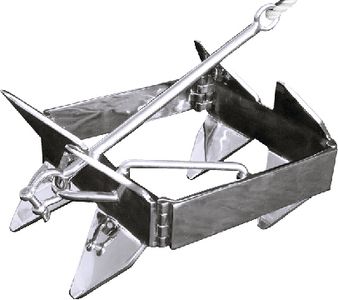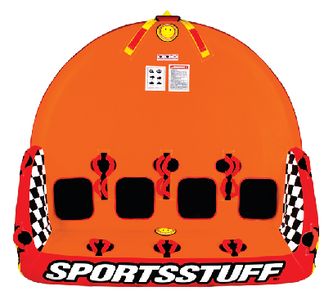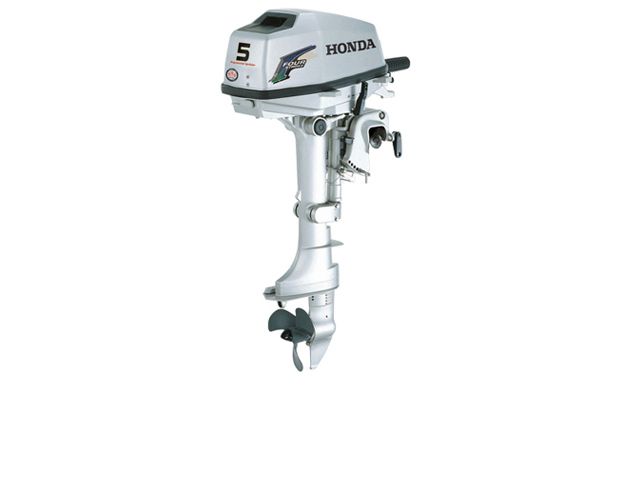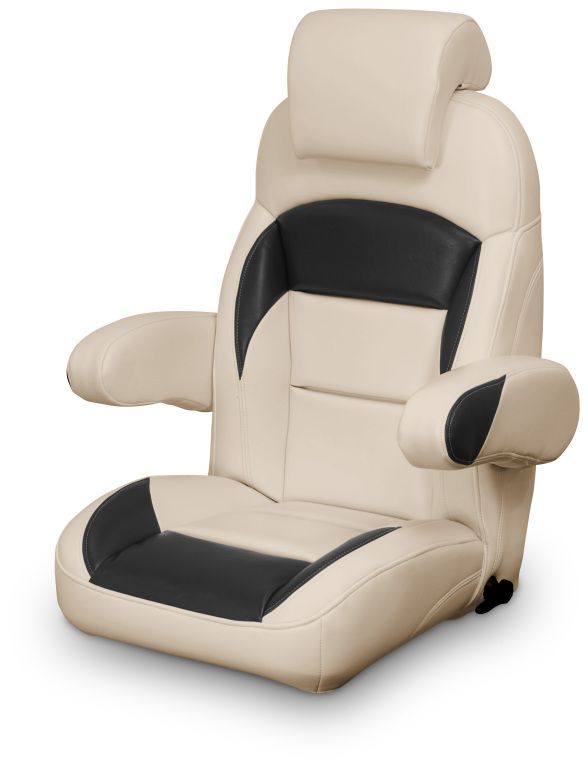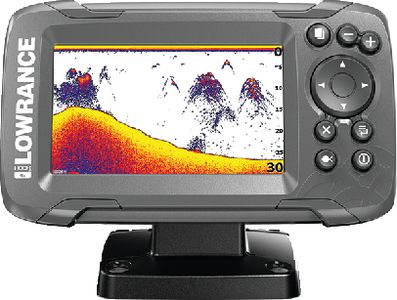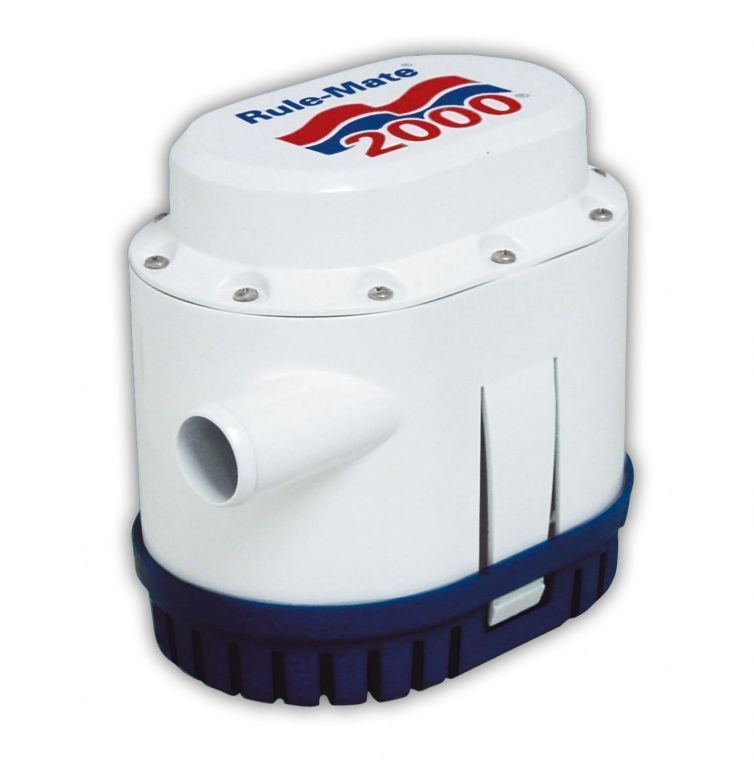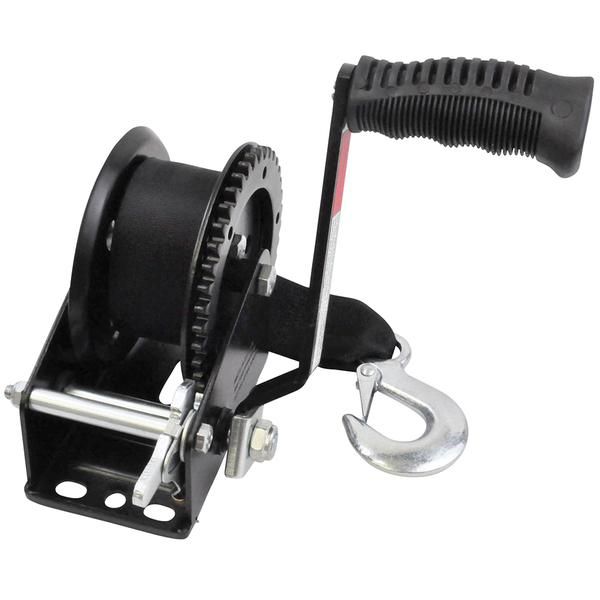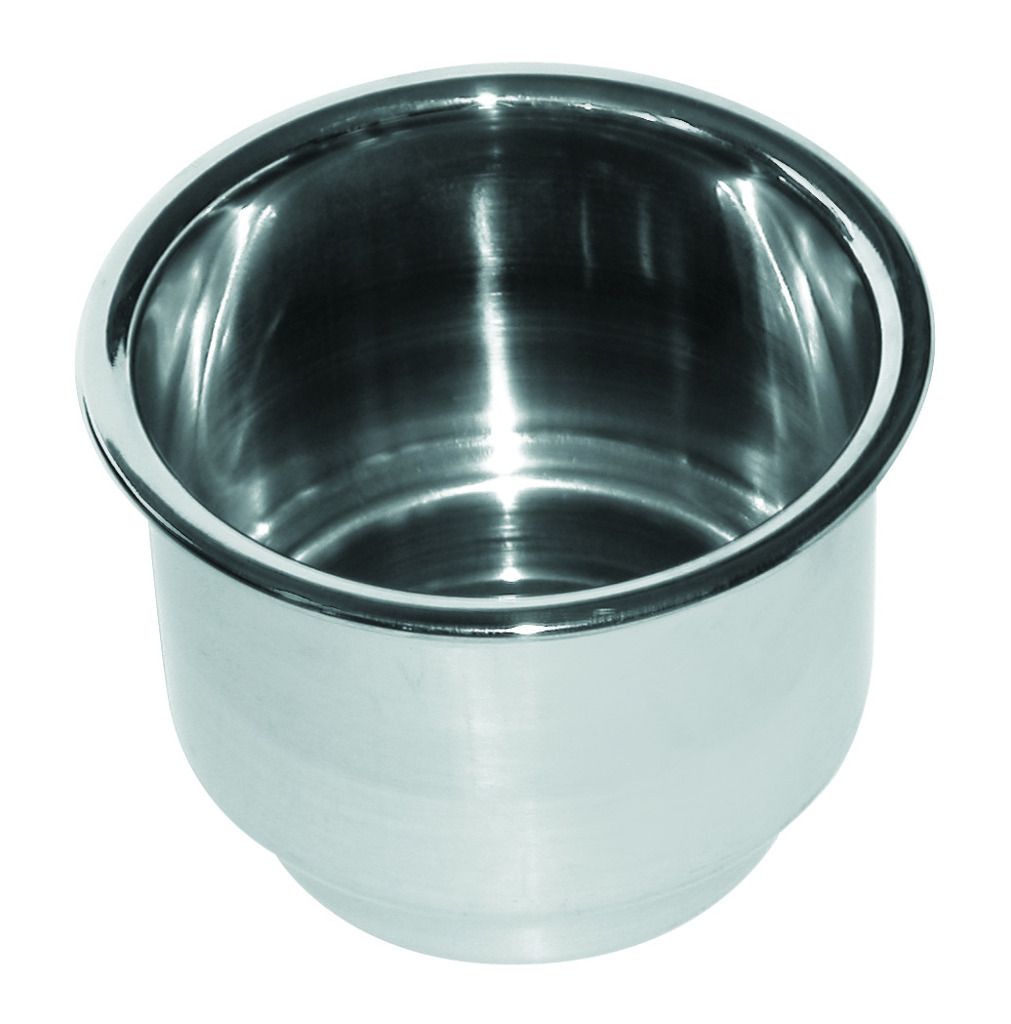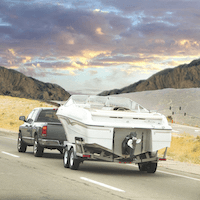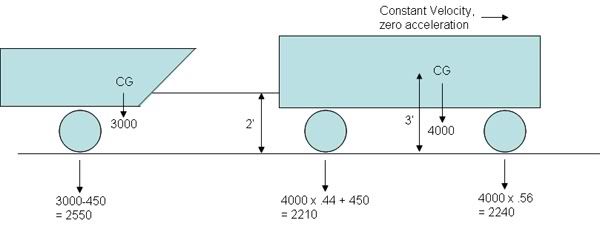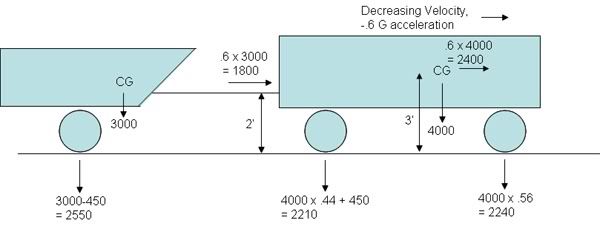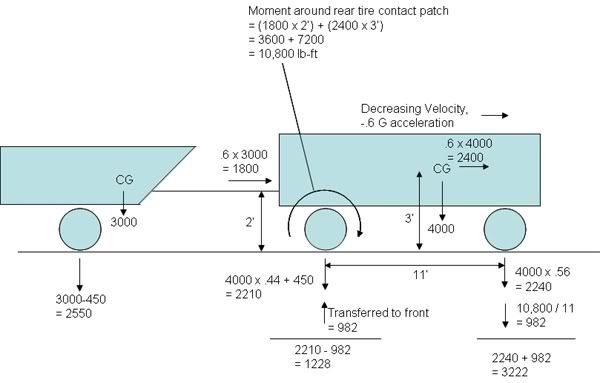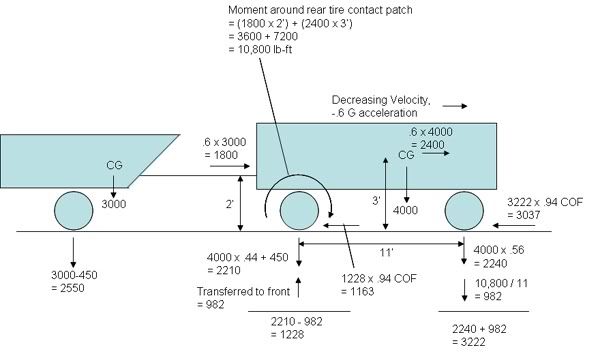Re: not will it tow, but will it stop
For those like Subliminal who can?t handle a big wiener, you need to go to your ?preferences? window now and set ?45Auto? to ignore ? cause you got a big one coming at you!

Believe it or not, there are actually people on this forum who WANT to learn the science behind why their cars and boats behave like they do.
lowkee said:
(4,000lb vehicle + 3,000lb trailer) * .2 Gs = 1,400lbs additional resistance to stopping your four tires must handle when braking slowly (stop light)
(4,000lb vehicle + 3,000lb trailer) * .6 Gs = 4,200lbs additional resistance to stopping your four tires must handle when braking quickly (accident avoidance)
Looks like we?re getting closer. If you change the word ?additional? in your statements to ?total? then you?ll be correct. Your statement should read like this:
(4,000lb vehicle + 3,000lb trailer) * .2 Gs = 1,400lbs
TOTAL resistance to stopping your four tires must handle when braking slowly (stop light)
(4,000lb vehicle + 3,000lb trailer) * .6 Gs = 4,200lbs
TOTAL resistance to stopping your four tires must handle when braking quickly (accident avoidance)
If you?re still looking for the ?additional? resistance to stopping due to a trailer without brakes, the vehicle has nothing to do with it. It?s .2 G x 3000 = 600 lbs additional resistance for the .2 G case and .6 x 3000 = 1800 for the .6 G situation. So your statement would be:
3,000lb trailer * .2 Gs = 600 lbs
ADDITIONAL resistance to stopping your four tires must handle when braking slowly (stop light) due to no trailer brakes.
3,000lb trailer * .6 Gs = 1,800 lbs
ADDITIONAL resistance to stopping your four tires must handle when braking quickly (accident avoidance) due to no trailer brakes.
If anyone really cares what happens when you hit the brakes towing a trailer with no brakes, it?s described below.
Pic #1 below shows a 7000 lb rig going down a flat road at a constant velocity. I used an F150 for the wheelbase (11?) and weight distribution (56/40, F/R) on the tow vehicle. I figured the hitch was 2? off the ground and the truck CG was 3? off the ground.
With 15% of the trailer weight on the tongue, the weight on the wheels works out as shown below: 2550 lb trailer, 2210 lb truck rear, 2240 lb truck front. Notice how the forces due to gravity ALWAYS total 7000 lb.
Pic #1
Pic #2 below shows what happens if you can hit the brakes hard enough to generate .6 G?s.
You get 1800 lb from the trailer pushing on the hitch, and 2400 lb acting at the CG of the truck due to the .6G deceleration.
Pic #2
Pic #3 below shows the vertical components of those forces due to the .6 G braking. The 1800 lb at 2? off the ground and 2400 lb at 3? of the ground cause a 10,800 lb torque around the back tire contact patch trying to force the front wheels down into the ground. But the front wheels can?t go down because the ground is holding them up. So what happens is there is an additional load on the front wheels to react the torque. Since the wheelbase is 11?, it takes 982 lb to provide a 10,800 torque in the opposite direction around the rear tire contact patch. Since the loads in the vertical direction must equal 7000 lb, that means that the 982 lb must come off the rear wheel load.
So now you have 2550 trailer, 1228 truck rear, 3222 truck front.
Pic #3
Pic #4 adds the horizontal braking forces that the tires must transfer to the road to provide .6 G of deceleration. To get to the 4200 lb required (4000 truck + 3000 trailer x .6G) the fronts need to provide 3037 lb and rears 1163. Turns out it takes a minimum tire coefficient of friction (COF) of .94 to provide .6 G?s of braking. If your tire COF is LESS than the .94 COF required, then when the load exceeds the available traction the tire locks up and skids, which means that you then go into KINETIC friction which is much less than STATIC friction so it?s going to take much longer to stop. Everything we?ve discussed is STATIC friction, we don?t want to be sliding.
For everything to be right, all the forces must balance:
Horizontal to right = (3000 lb trailer + 4000 lb truck) x .6G = 4200 lb
Horizontal to left = 3037 lb front tires + 1163 lb rear tires = 4200 lb
Vertical down due to gravity = 3000 at trailer CG + 4000 at truck CG = 7000 lb
Vertical up due to gravity = 2550 trailer tire + 1228 truck rear tire + 3222 truck front tire = 7000 lb
Clock wise moment around truck rear tire = (1800 x 2?) at hitch + (2400 x 3?) at truck CG = 10,800 lb-ft
Counterclock wise moment around truck rear tire = (982 x 11?) at truck front tire = 10,800 lb-ft
Pic #4
Notice how MOMENTUM, which is Mass x Velocity, has NOTHING to do with anything above. Velocity is totally irrelevent to braking forces.

